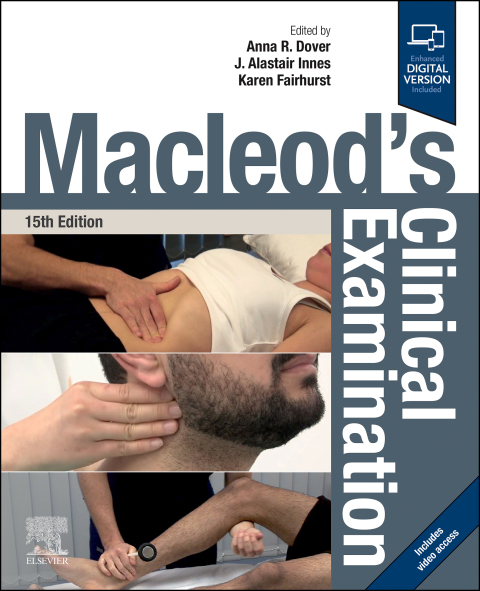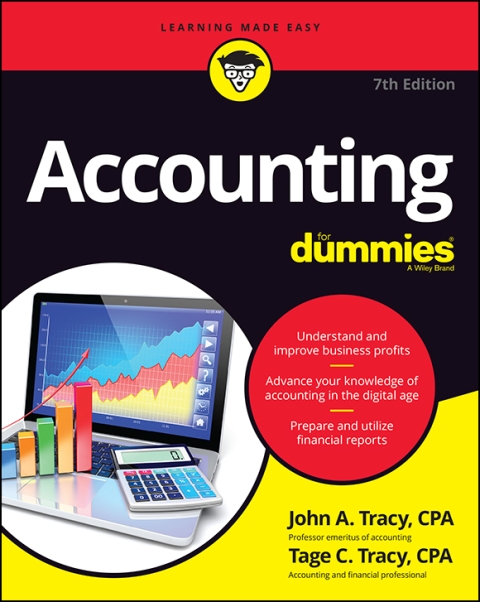Description
Efnisyfirlit
- Cover image
- Title page
- Table of Contents
- John Macleod (1915–2006)
- Copyright
- Preface
- Acknowledgements
- How to make the most of this book and associated multimedia
- Clinical examination videos
- Contributors
- Section-01. Principles of Clinical History and Examination
- 1. Managing clinical encounters with patients
- The clinical encounter
- Professional responsibilities
- Personal responsibilities
- 2. General aspects of history taking
- The importance of a clear history
- Gathering information
- Difficult situations
- 3. General aspects of examination
- General principles of physical examination
- Preparing for physical examination
- Sequence for performing a physical examination
- Initial observations
- Hands
- Skin
- Tongue
- Odours
- Body habitus and nutrition
- Lumps and lymph nodes
- Spot diagnoses
- Section-02. System-Based Examination
- 4. The cardiovascular system
- Heart
- The history
- The physical examination (Video 3)
- Interpretation of the findings
- Investigations
- Peripheral arterial system
- The history
- The physical examination
- Investigations
- Peripheral venous system
- The history
- The physical examination
- Investigations
- 5. The respiratory system
- Anatomy and physiology
- The history
- The physical examination
- Interpretation of the findings
- Investigations
- 6. The gastrointestinal system
- Anatomy and physiology
- The history
- The physical examination
- Investigations
- 7. The nervous system
- Anatomy and physiology
- The history
- The physical examination
- Cranial nerves
- Motor system (Videos 12 and 13Video 12Video 13)
- Sensory system
- Peripheral nerves (Video 16)
- Interpretation of the findings
- Investigations
- 8. The visual system
- Anatomy and physiology
- Patient history
- The physical examination (Video 17)
- Investigations
- Ophthalmic examination and COVID-19
- 9. The ear, nose and throat
- Ear
- The history
- The physical examination
- Investigations
- Nose and Sinuses
- Mouth, throat and neck
- The history
- The physical examination
- Investigations
- 10. The endocrine system
- The thyroid
- The history
- The physical examination
- The parathyroids
- The history
- The physical examination
- The pituitary
- The history
- The physical examination
- The adrenals
- The history
- The physical examination
- The gonads
- Diabetes
- The history
- The physical examination
- 11. The reproductive system
- Breast
- The history
- The physical examination
- Investigations
- Female reproductive system
- The history
- The physical examination
- Investigations
- Obstetric history and examination: the booking visit
- The history
- Investigations
- Routine antenatal check in later pregnancy
- The physical examination
- Investigations
- Male reproductive system
- The history
- The physical examination
- Investigations
- 12. The renal system
- Anatomy and physiology
- The history
- The physical examination
- Interpretation of the findings
- Investigations
- 13. The musculoskeletal system
- The history
- The physical examination
- Detailed examination of the musculoskeletal system
- Fractures, dislocations and trauma
- Investigations
- 14. The skin, hair and nails
- Anatomy and physiology
- The history
- The physical examination
- Investigations
- Section-03. Applying History and Examination Skills in Specific Situations
- 15. Babies and Children
- Babies
- The history
- The physical examination of newborns
- The physical examination of infants beyond the newborn period
- Older children
- The history
- The physical examination
- Child protection
- Remote consultation in paediatric practice
- 16. Patients with mental illness and learning disability
- The history
- The mental state examination
- The physical examination
- Collateral history
- Psychiatric rating scales
- Putting it all together: clinical vignettes
- 17. The frail patient
- The frail patient
- Assessment of the frail patient
- The history
- The physical examination
- Interpretation of the findings
- 18. The deteriorating patient
- Vital signs
- Early warning scores
- Initial assessment
- The ABCDE approach
- Point of care ultrasound
- Sepsis
- Ongoing management
- 19. The dying patient
- Assessing a dying patient
- Verifying and certifying death
- Looking after yourself and others
- Section-04. Putting History and Examination Skills to Use
- 20. Reaching and communicating a diagnosis
- Reaching a diagnosis
- Biopsychosocial model
- Approach to the patient with medically unexplained symptoms
- Communicating a diagnosis
- Shared decision-making
- Diagnostic and therapeutic uncertainty
- Documenting your findings
- Communicating with colleagues
- 21. Adapting skills for practice
- Adapting to different presentations
- Adapting to different working environments
- Adapting clinical skills over a career
- 22. Preparing for assessment
- General principles
- Methods of assessment
- Marking structures
- Approach to preparation
- Approach to assessment
- Putting it all together
- Index





